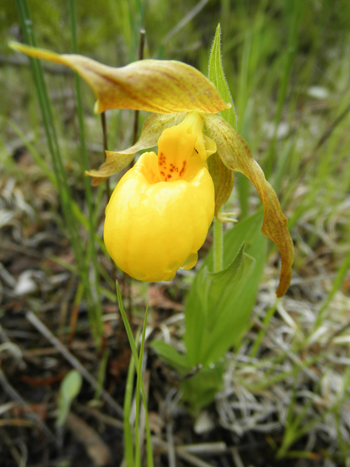General Election: June 28, 2021 Candidates for Tribal Council
RICKY COMPO
TAMARA KIOGIMA
LEROY SHOMIN
DOUG EMERY
WILLIAM ORTIZ
MARCI REYES
KENNETH DEWEY
AARON OTTO
SHARON SIERZPUTOWSKI
SIERRA BODA (WITHDREW 5-14-21)

The Taimi Hoag Natural Area (THAN) is a 54.3-acre parcel (in trust) that was dedicated to conservancy in memory of former LTBB Environmental Services Department Director Taimi Lynn Hoag. This undeveloped coastal property is located along an important unbroken stretch of coastal forest along the east side of US 31, between Charlevoix and Petoskey and almost entirely is surrounded by Little Traverse Conservancy (LTC) property. The Environmental Services Program has been in charge of maintaining the trail at the THNA and completes trail maintenance annually. Susan Creek runs northwards toward Lake Michigan along the east side of the property. The creek is small, permanent with seasonal intermittent flows, carrying water from Susan Lake. Previous owners constructed several dams along the creek in decades past, and some of the rebar from those dams is still in and along the creek. The creek is monitored by LTBB
The property consists of coastal cedar swamp mixed with hardwoods such as mature trembling aspen and sugar maple. The aspen are reaching maturity and have started to die and come down. Most of the ash on the property is quickly dying from Emerald ash borer. In addition, due to the proximity to the coast of Lake Michigan, over most of the property, the soil consists of a fairly thin organic layer over cobble and limestone bedrock, which means that trees tend to develop fairly shallow root systems, and large storms and downbursts or other disturbances mean that the property is characterized by a thick tangle of live and fallen cedar, aspen, balsam poplar, balsam fir, and ash.
The wetland was most recently assessed in 2014, earning a Floristic Quality Assessment (FQA) score of 41.5 (good) and a Coefficient of Conservatism of 3.4. The Coefficient of Conservatism is based on range of habitat preference(s) and tolerance to disturbance. A higher coefficient means the plants are pickier about where they choose to live, meaning the site is more pristine. A lower coefficient is indicative of non-native or invasive species, which often grow in disturbed sites.

DO Dissolved Oxygen
Respiration for fish, other aquatic organisms
TEMP Temperature
General aquatic life support and reproduction
COND Conductivity
General aquatic life support, dissolved solids indicator
CHLOR Chlorides
General life support, salinity indicator, drinking water pollutant
PH Potential Hydrogen Ion Concentration
Acidity/alkalinity indicator, drinking water pollutant
TP Total Phosphorous
Major algae nutrient, fertilizer/manure runoff indicator
TN Total Nitrogen
Major algae nutrient, drinking water pollutant, fertilizer/manure runoff indicator
CHL-A Chlorophyll-a
Algae concentration indicator
HAB Habitat
Instream and riparian structure to support life cycles of fish and other organisms
MAC Macroinvertebrates
Indicator of water quality based on the diversity of pollution tolerant and intolerant
aquatic insects and non-insects that are visible to the naked eye and do not have a backbone
TSS Total Suspended Solids
Indicator of aquatic life support, oxygen levels
FQA Floristic Quality Assessments
Indicates quality of wetland based on the plant community present
Poor Fair Good Very Good
RICKY COMPO
TAMARA KIOGIMA
LEROY SHOMIN
DOUG EMERY
WILLIAM ORTIZ
MARCI REYES
KENNETH DEWEY
AARON OTTO
SHARON SIERZPUTOWSKI
SIERRA BODA (WITHDREW 5-14-21)
BERNADECE (BERNIE) BODA & LINDA GOKEE
REGINA GASCO-BENTLEY & STELLA KAY
(Click Team To Read Their Statements)
BERNADECE (BERNIE) BODA & LINDA GOKEE
REGINA GASCO-BENTLEY & STELLA KAY
(Click Candidate Name To View Their Statement)
Search Code Index
function search(string){ window.find(string); }
LTBB Events
Sun Mon Tue Wed Thu Fri Sat
Contact SPRING
[ninja_form id=12]
https://app.hellosign.com/s/LJki90VA